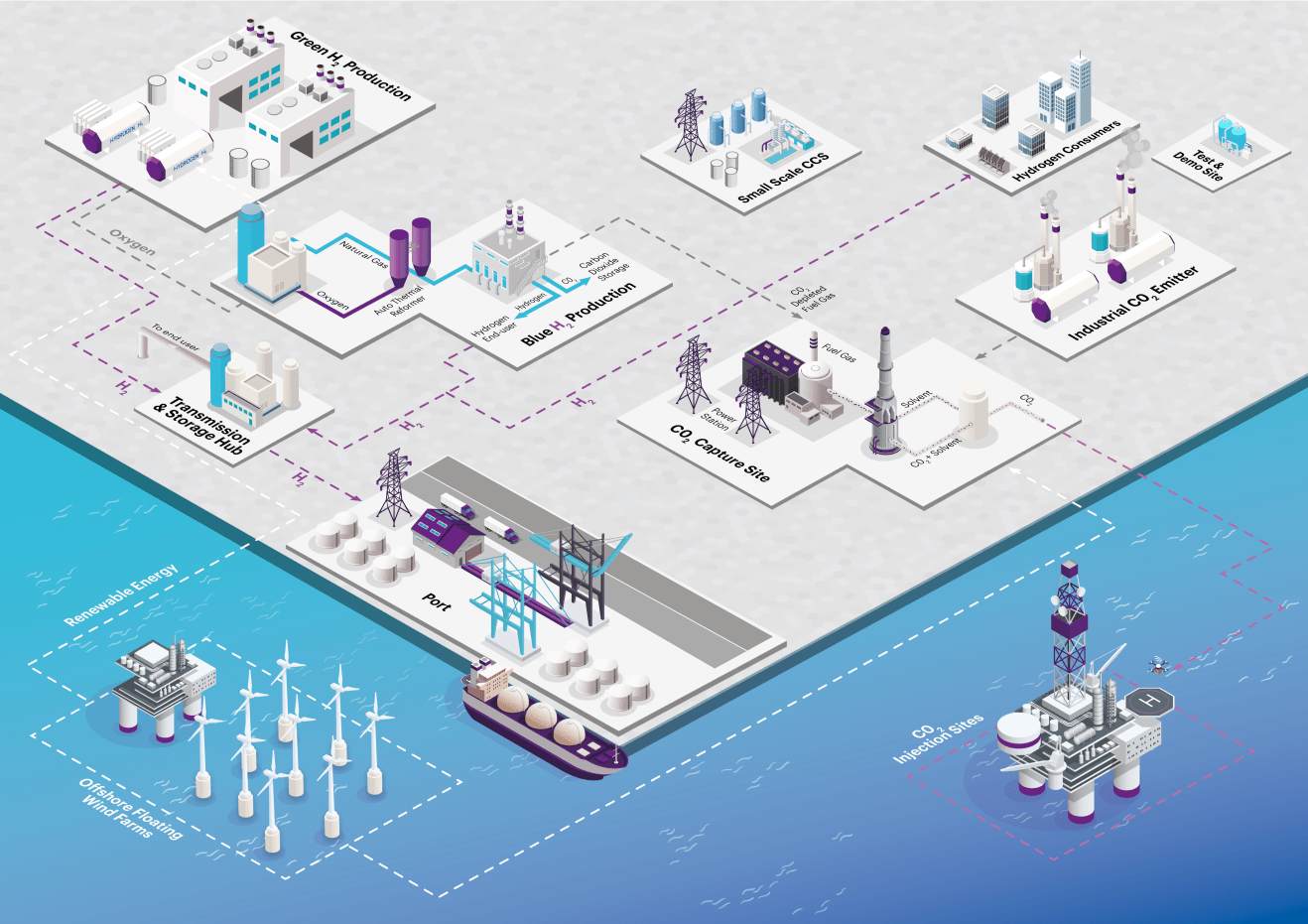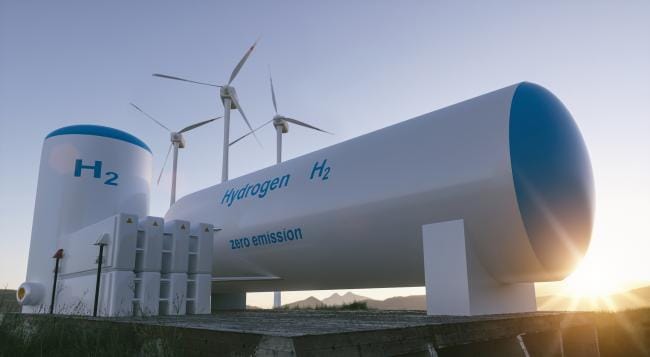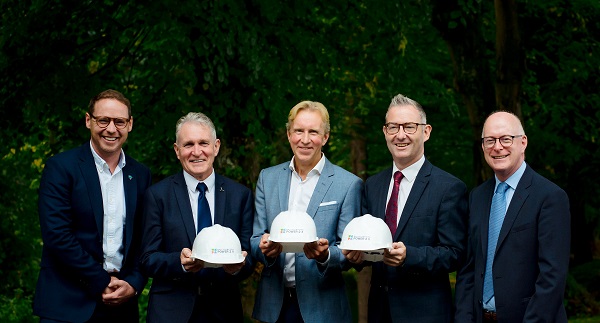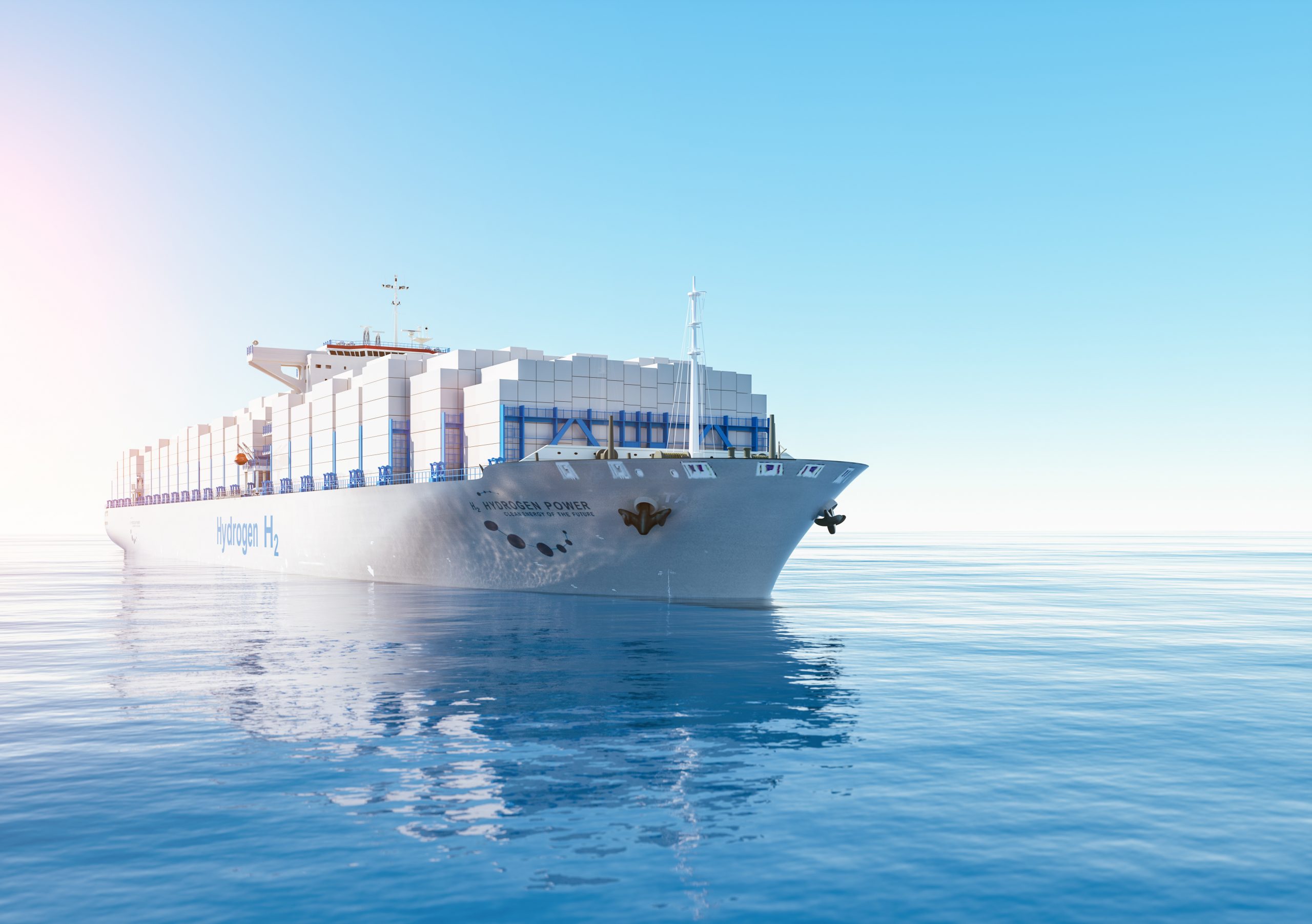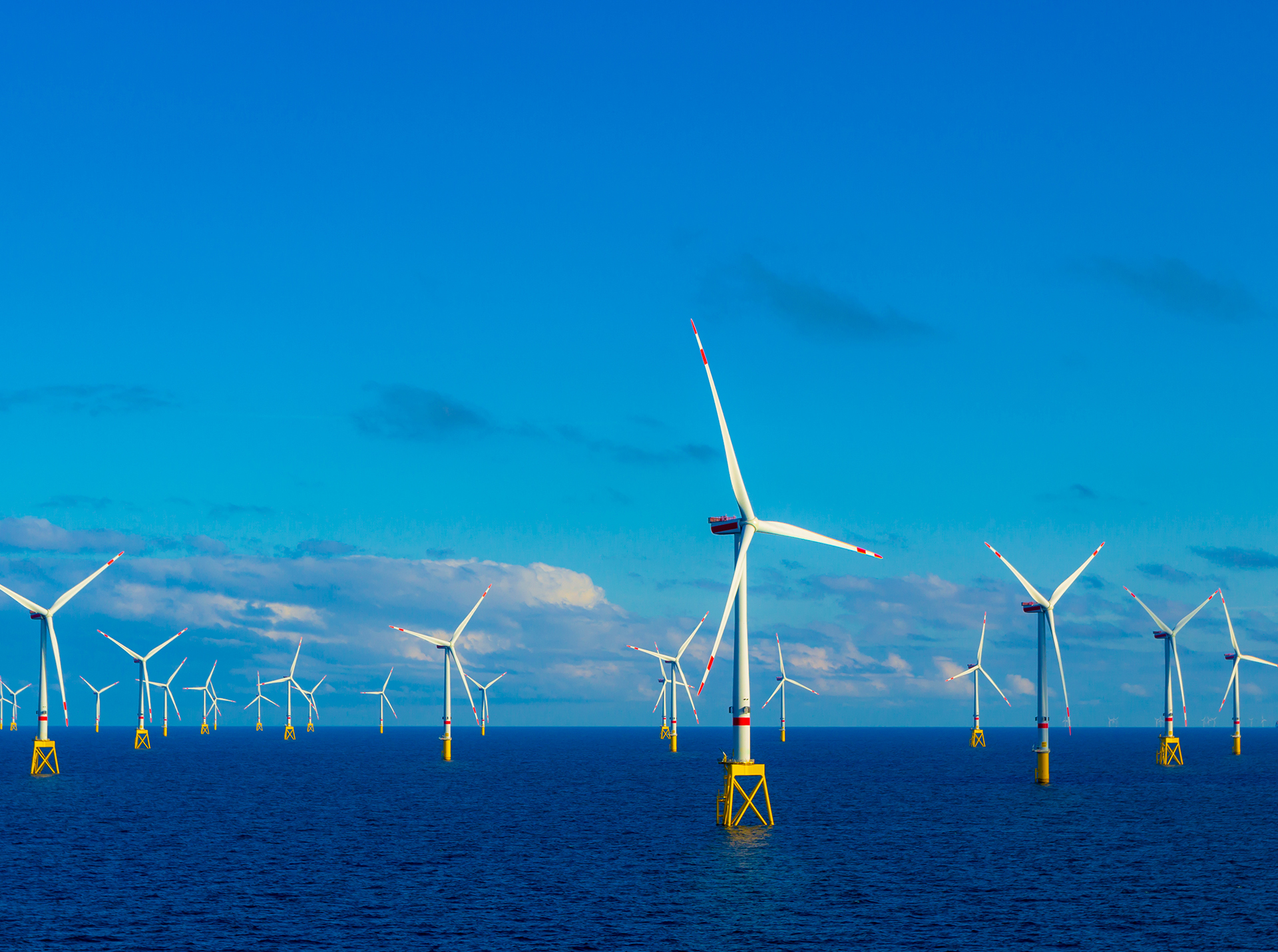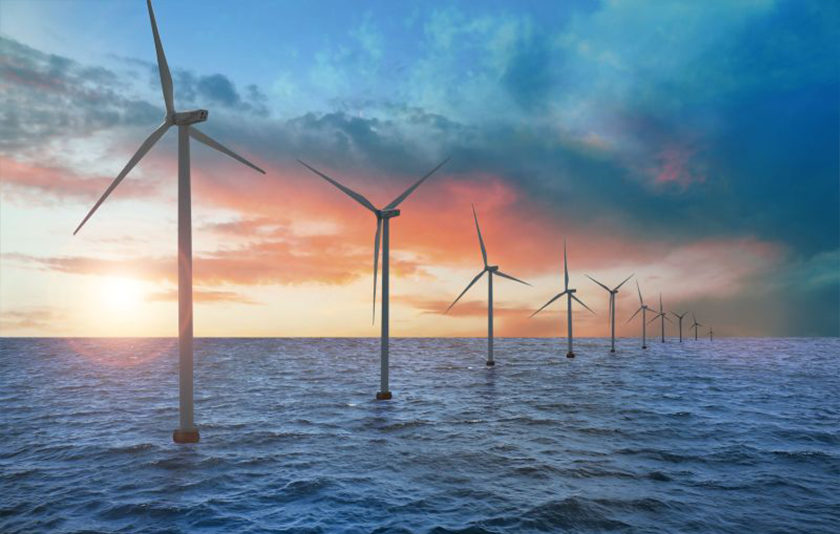NEWS & INSIGHTS | Opinion
Global energy challenges. Regional technology perspectives.
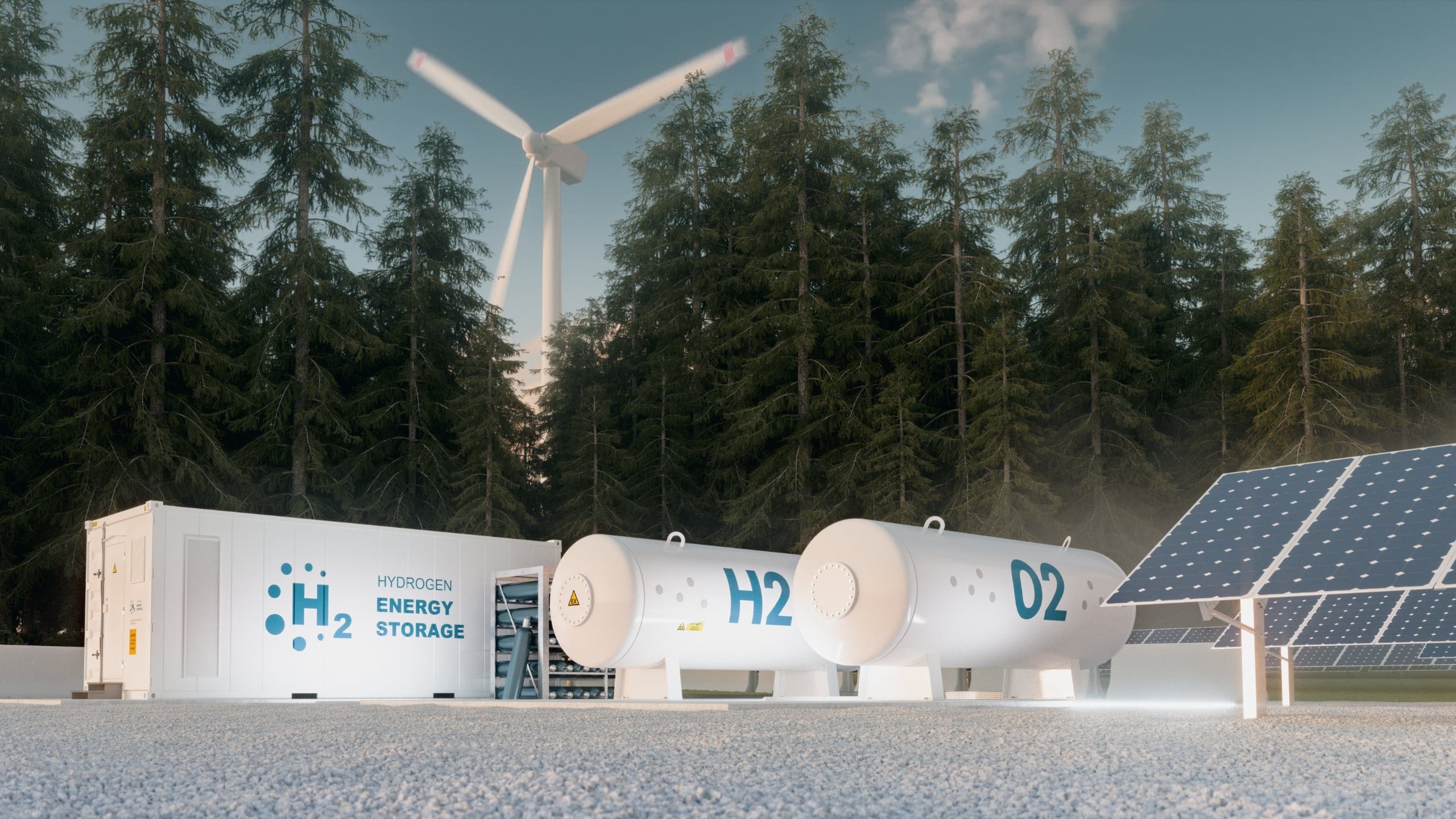
COP27 highlighted that the world needs greater energy security made possible by the sustainable production of affordable energy. The three cornerstones of the energy trilemma – security, sustainability and affordability – cannot be tackled in isolation. The people, resources and experience of current oil and gas-producing basins will be central to this journey.
Closing the Gap: A Global Perspective represents some of the world’s major oil and gas-producing regions and identifies five international collaboration actions to achieve net zero as quickly, efficiently and affordably as possible.
Collaboration essential for clean hydrogen
Clean hydrogen will be a key component of the future energy mix. All regions involved in the report expressed a need for international, collaborative hydrogen testing and demonstration facilities to enable greater process efficiencies and accelerate the development of novel materials to ultimately reduce production costs.
Every region wants to produce low-carbon hydrogen as efficiently and affordably as possible. Even though some of these regions may eventually compete for hydrogen export markets, the global hydrogen economy is in a pre-competitive stage, and all regions would benefit from collaboration.
Let me provide an example from another industry. In 1999, Renault, Nissan and Mitsubishi established an alliance to share innovation and data to reduce costs and improve performance. Each manufacturer continues to develop and sell its own cars, but all benefit from the group’s best innovations, materials and processes to deliver the best and cheapest possible products. A similar approach should be taken to the development of hydrogen technologies.
Curbing the cost of CCUS
To reduce the costs of blue hydrogen and reduce emissions from hard to abate sectors, we must also drive cost reductions in carbon capture, utilisation and storage (CCUS).
Achieving this requires collaborative CCUS demonstration facilities where global experts can share knowledge and technologies to improve efficiencies and make CCUS economically feasible at scale.
This could be combined with the first recommendation to establish an international blue hydrogen demonstration facility, with accompanying CCUS demonstration, to drive developments in both technologies.
UK flies the flag for offshore wind
A number of regions in this collaboration are blessed with abundant offshore wind resource, which will be crucial for decarbonising offshore oil and gas production, enabling green hydrogen production and providing electricity to the grid.
The report proposes the establishment of a joint Open Innovation Competition to accelerate floating offshore wind technology and reduce floating offshore wind costs to US$90/MWh by 2030.
The UK has around 13 GW of offshore wind installed and the ScotWind leasing round pledged a further 25 GW, making it the UK’s dominant source of renewable electricity. In comparison, Australia, Brazil, Canada, Japan and the US currently have no significant offshore wind capacity, but have ambitious targets for 2030. These countries need guidance on efficient, affordable technologies and the UK can lead the way, exporting technologies and skills to developing markets.
Stabilising electricity supply with super grids
Energy security is a hot topic and we need a more resilient, connected electricity system that crosses borders. The report recommends aligned planning for international ‘Super Grids’ to stabilise global electricity supply and allow seamless import and export of electricity.
Achieving this requires greater interconnection between power grids in neighbouring countries to minimise infrastructure duplication, create standardisation and enable greater system security.
The concept of better connected energy transportation networks can be extended to hydrogen transportation, especially in the North Sea where offshore wind power can be connected to hydrogen production and transportation.
A strong, interconnected transportation network will enable countries to bring offshore wind power into the energy system in the form of clean hydrogen molecules, as well as clean electrons.
In data we trust
The development of all decarbonisation technologies is underpinned by the efficient gathering and utilisation of data. As data becomes increasingly important, verified data trusts must be utilised to ensure access is faster, more cost effective and more secure.
The report recommends the establishment of an international collaborative working group to drive implementation of shared data trusts for technology development.
The intention of this global collaboration is to pool resources, expertise and learnings to accelerate the transition in all regions. To achieve net zero by 2050, we don’t have time to work independently. We must work together and establish verified datasets to accelerate national net zero drives.
To read the report in full, download it here.
Subscribe for the latest updates



